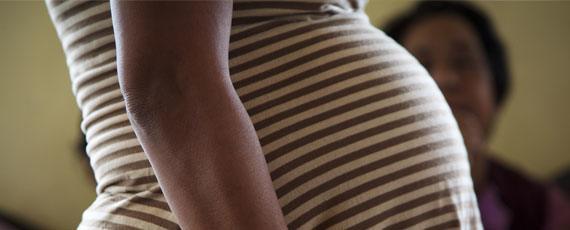What are the leading causes of newborn mortality?
Complications arising from prematurity and childbirth as well as severe infections are the top three causes of newborn death. While major strides have been made in reducing under-5 mortality rates, there has been slower progress in reducing newborn mortality/deaths. For example, in 1990 neonatal deaths represented 40 percent of global under-5 deaths, compared with 47 percent in 2020. In 2015, of the estimated 5.9 million under-5 deaths, almost 1 million occurred in the first day and nearly 2 million during the first week. Also, an estimated 2 million babies are stillborn each year. The majority of these deaths and stillbirths occur in low-resource settings, and most are preventable with proven and effective interventions.


